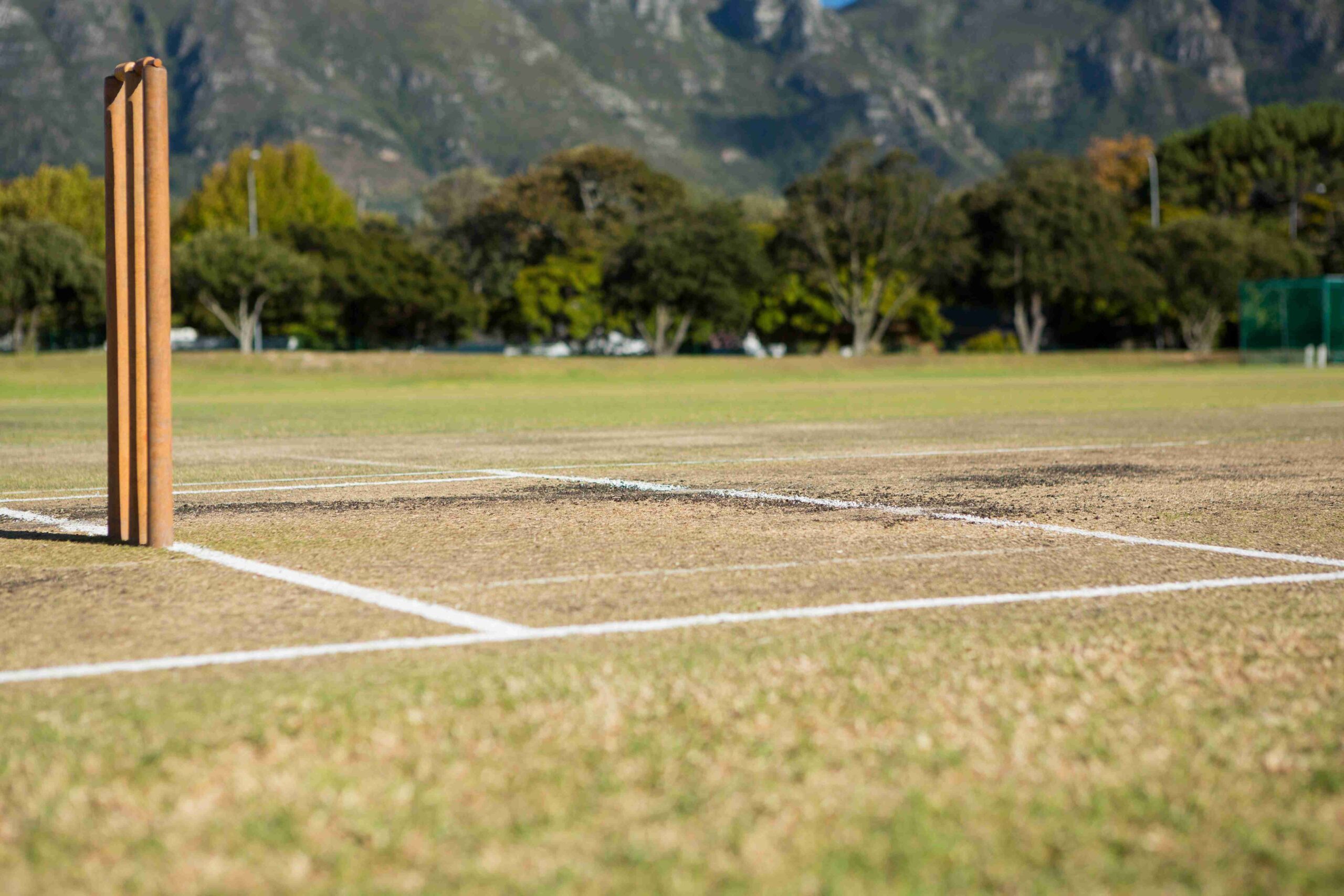Breaking Down the Cricket Field. Infield vs. Outfield
Cricket is a game of strategy, and the field layout plays a crucial role in shaping every match. From agile infielders stopping quick singles to outfielders sprinting to save boundaries, every part of the field has its own significance. Understanding the difference between the infield and outfield is essential for players and fans alike.

Key Elements of a Cricket Field
A standard cricket field is an oval-shaped ground with no fixed dimensions, though most professional fields range between 450-500 feet in diameter. Here are the essential elements:
- Pitch – The central 22-yard strip where batting and bowling take place.
- Wickets – Three vertical stumps topped with two bails at either end of the pitch.
- Boundary – The outer edge of the field, marked by a rope or line.
- Circles – Two 30-yard circles around the pitch, marking fielding restrictions.
- Crease – White lines marking the batsman’s standing position at either end of the pitch.
The Infield vs. The Outfield
A cricket field is divided into two major zones:
The Infield
- The inner circle (30 yards from the pitch) defines the infield.
- This is where most of the action happens, including batting, bowling, and fielding close to the stumps.
- Fielders in this area include slips, gully, point, cover, and mid-on/mid-off, all responsible for stopping quick singles and taking catches.
- The infield is crucial in limiting scoring opportunities and executing run-outs.
The Outfield
- Everything beyond the 30-yard circle up to the boundary is considered the outfield.
- This is where deep fielders patrol to prevent fours and sixes.
- Players positioned in long-on, long-off, deep midwicket, and deep square leg need speed and a strong throwing arm to stop runs.
- The outfield plays a key role in stopping boundaries and setting up strategic placements.
Roles and Responsibilities of Fielders
Infielders and outfielders play different roles in cricket, each with specific responsibilities that can impact the game.
Infielders need to have quick reflexes to react to fast shots and prevent easy runs. Their ability to throw accurately is crucial for hitting the stumps and executing run-outs. They also occupy close catching positions, such as slips and short leg, where they wait for edges and deflections. Another key role of infielders is blocking quick singles, making it harder for the batting side to score freely.
Outfielders rely on speed and agility to chase down balls hit toward the boundary. They need powerful arm strength to throw the ball back to the wicketkeeper or bowler from long distances. Diving and jumping are essential skills for stopping boundaries and saving runs for the team. Outfielders also play a strategic role in restricting easy runs, ensuring that batters must take risks to score.
The division of the cricket field into the infield and outfield adds layers of complexity to the game. Both areas are essential to a team’s strategy. Understanding these zones enhances appreciation of cricket, helping fans and players recognize the importance of field placement and tactical positioning in shaping the game’s outcome.
